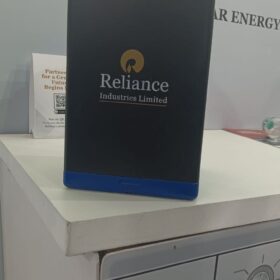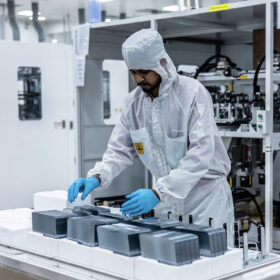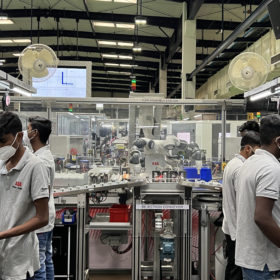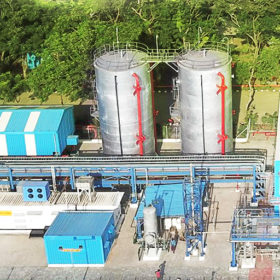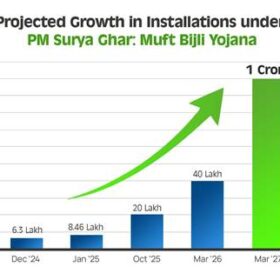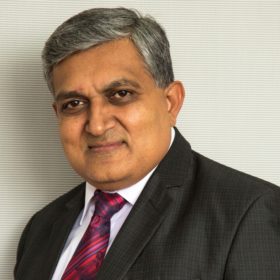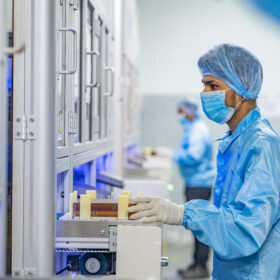Reliance Industries awarded 10 GWh advanced chemistry battery capacity under PLI Scheme
India’s Ministry of Heavy Industries has signed a programme agreement with Reliance New Energy Battery Ltd for 10 GWh capacity under the production-linked incentives (PLI) Scheme for advanced chemistry cells.
Reliance Infrastructure to enter solar, battery manufacturing
Reliance Infrastructure Ltd (RInfra) has announced its plans to set up integrated solar equipment and battery manufacturing units. It has appointed Ivan Saha as chief executive officer (CEO) for the renewable manufacturing business, and Mushtaque Hussain as CEO for battery manufacturing.
Enhanced Innovations develops solar-powered cold storage unit for ‘last mile’ vaccine transport
India’s Enhanced Innovations has developed the Phloton active cooling vaccine carrier with a 14-hour lithium battery backup and solar charging support.
Adani moves to allay fundraising fears
Following the indictment of its chairman, Gautam Adani, in the United States over bribery allegations, questions are being asked about Adani Group’s ability to raise capital. With the charges related to solar, India’s PV industry has wider concerns. Adani Group refutes the allegations and says it is as robust as ever.
Borosil Renewables posts INR 8.64 crore net loss in Q3
The solar glass manufacturer said all of its major export markets are showing lower demand due to low level of local manufacturing as cheap modules imported from China dominate the installations.
ABB Q4 profit up 54% year-on-year
ABB has reported a profit after tax of INR 532 crore for the Oct-Nov-Dec period of 2024, up 54% as compared to the same period in CY 2023.
Trump executive order places 25% tariff on aluminum and steel
Aluminum is used in solar panel frames and racking and steel is used in solar ground mounts and trackers.
Global module prices stable-to-soft amid mixed sentiments
In a new weekly update for pv magazine, OPIS, a Dow Jones company, provides a quick look at the main price trends in the global PV industry.
India could cut industrial emissions by 65% by 2050 with policy interventions
WRI India projects that industrial emissions could be reduced by 65% in 2050 with policy-driven interventions compared to a reference scenario without additional policies.
PM Surya Ghar: Muft Bijli Yojana turns one
The PM Surya Ghar: Muft Bijli Yojana, the world’s largest domestic rooftop solar initiative, is reshaping India’s energy landscape with a bold vision to supply solar power to one crore households by March 2027.
